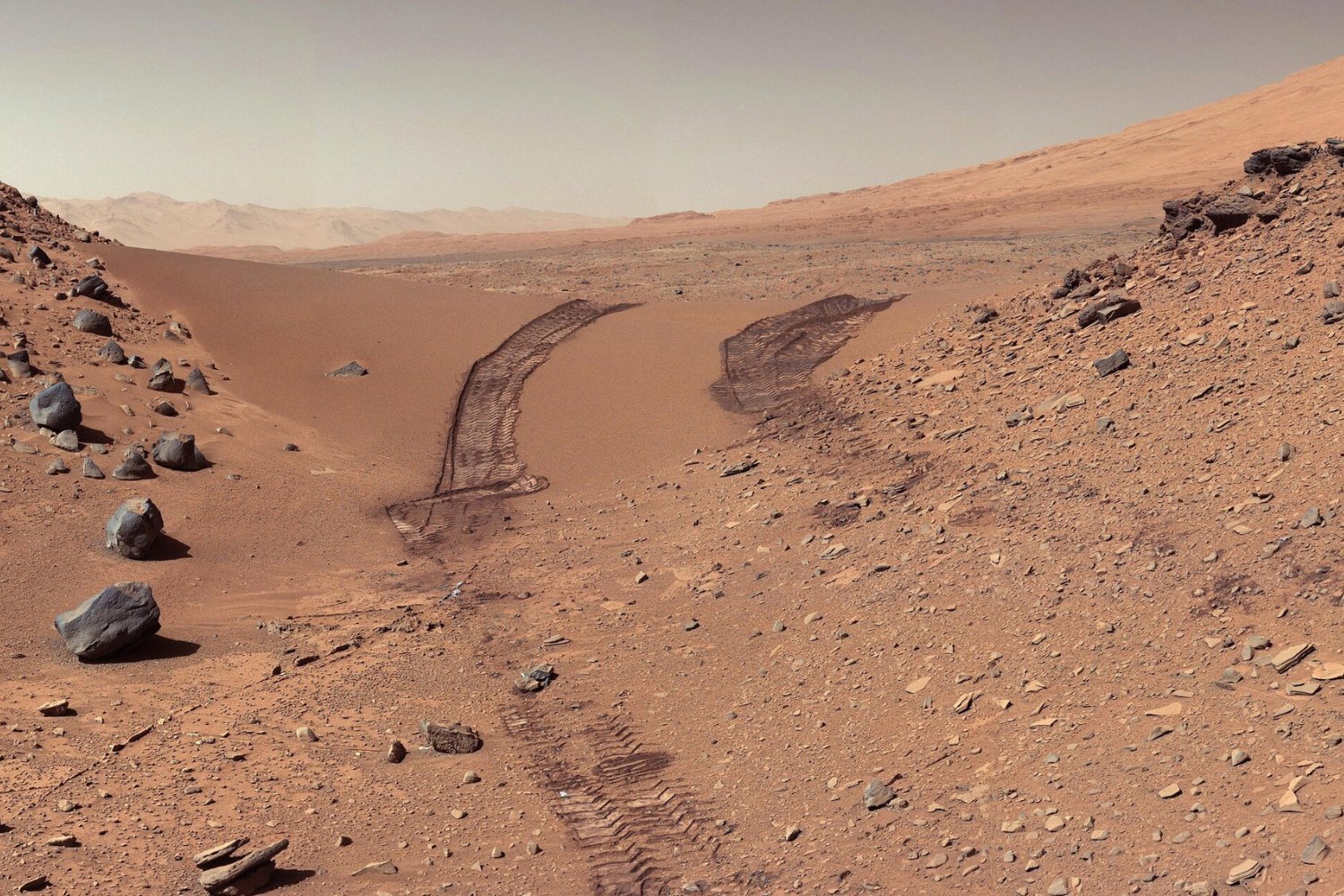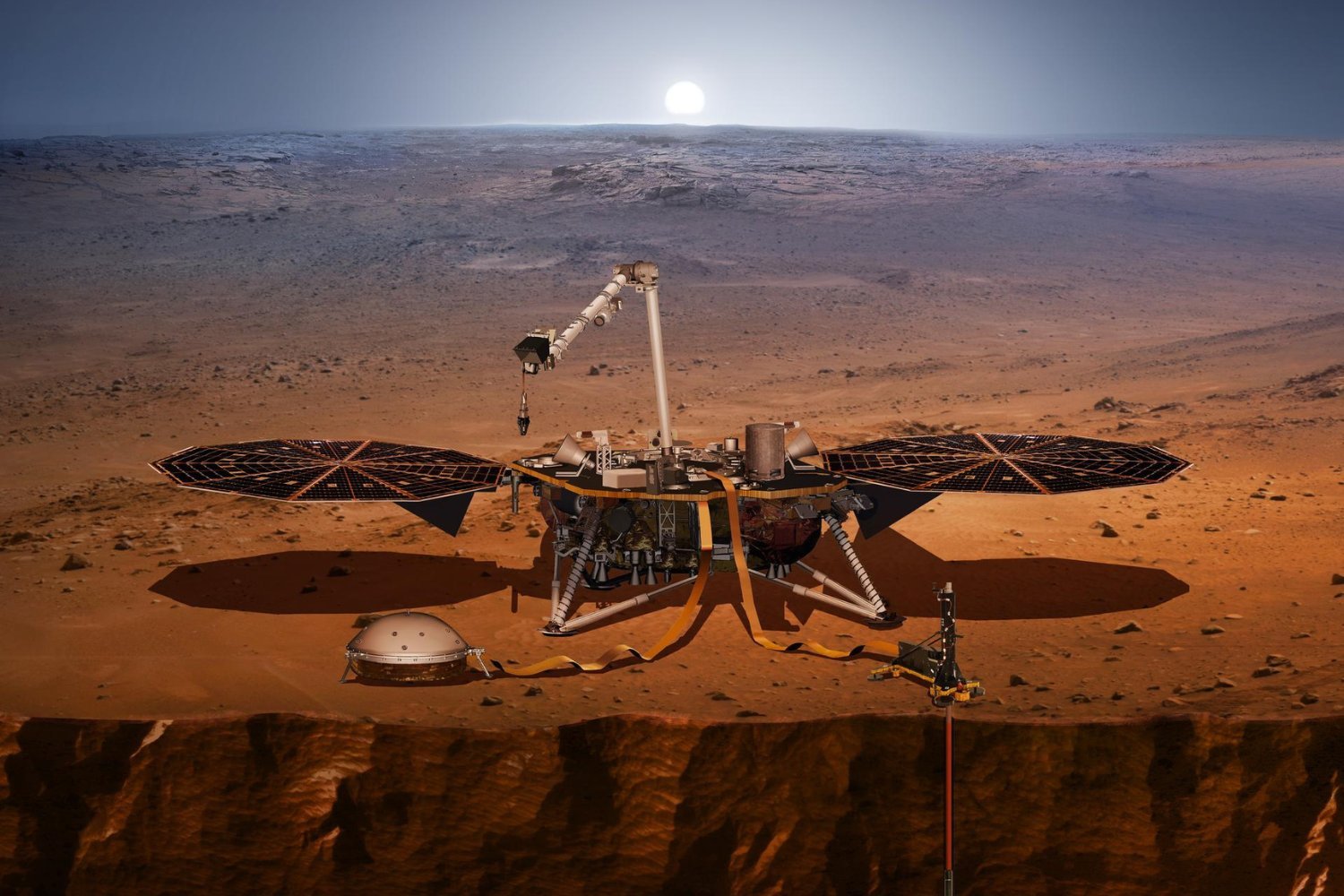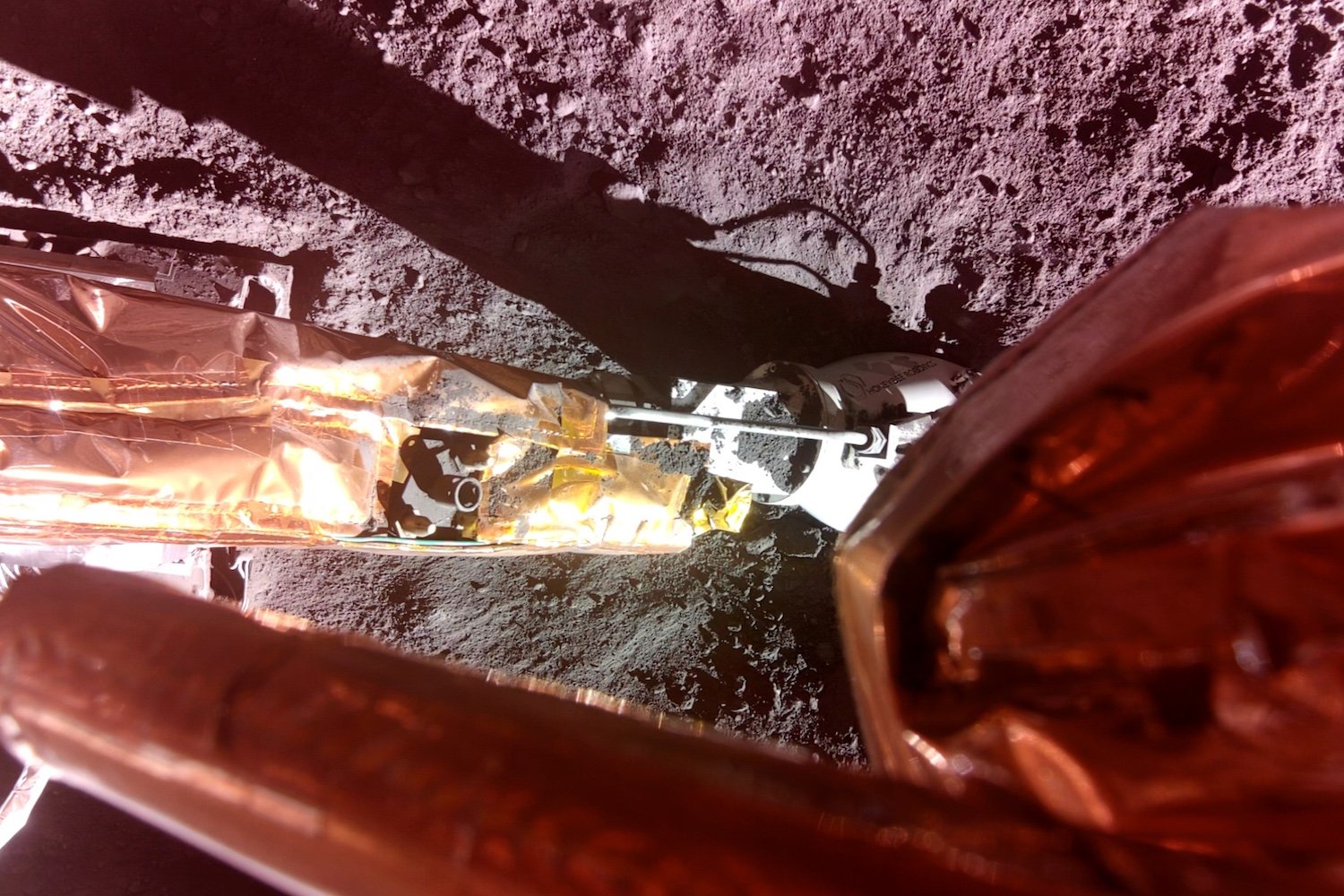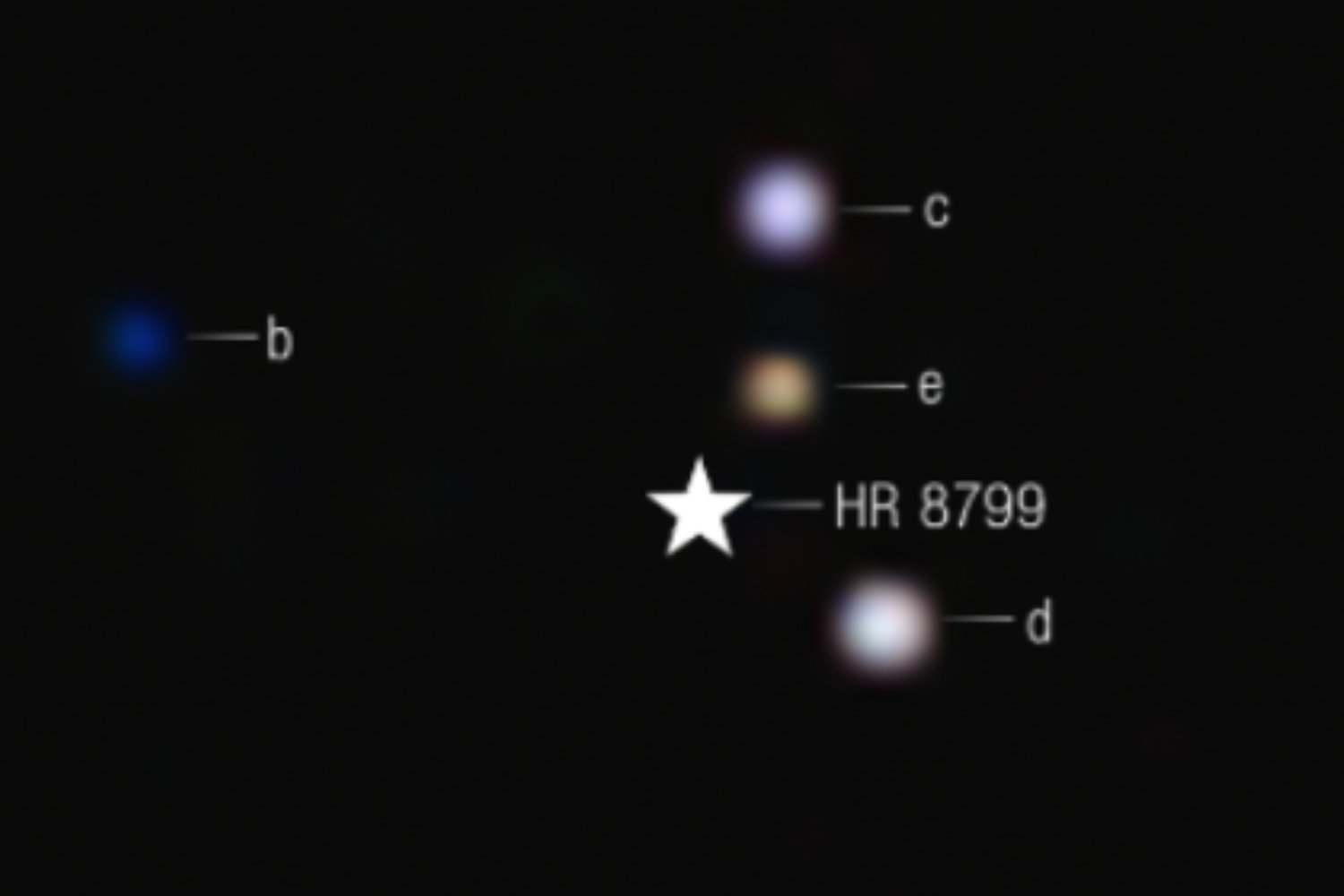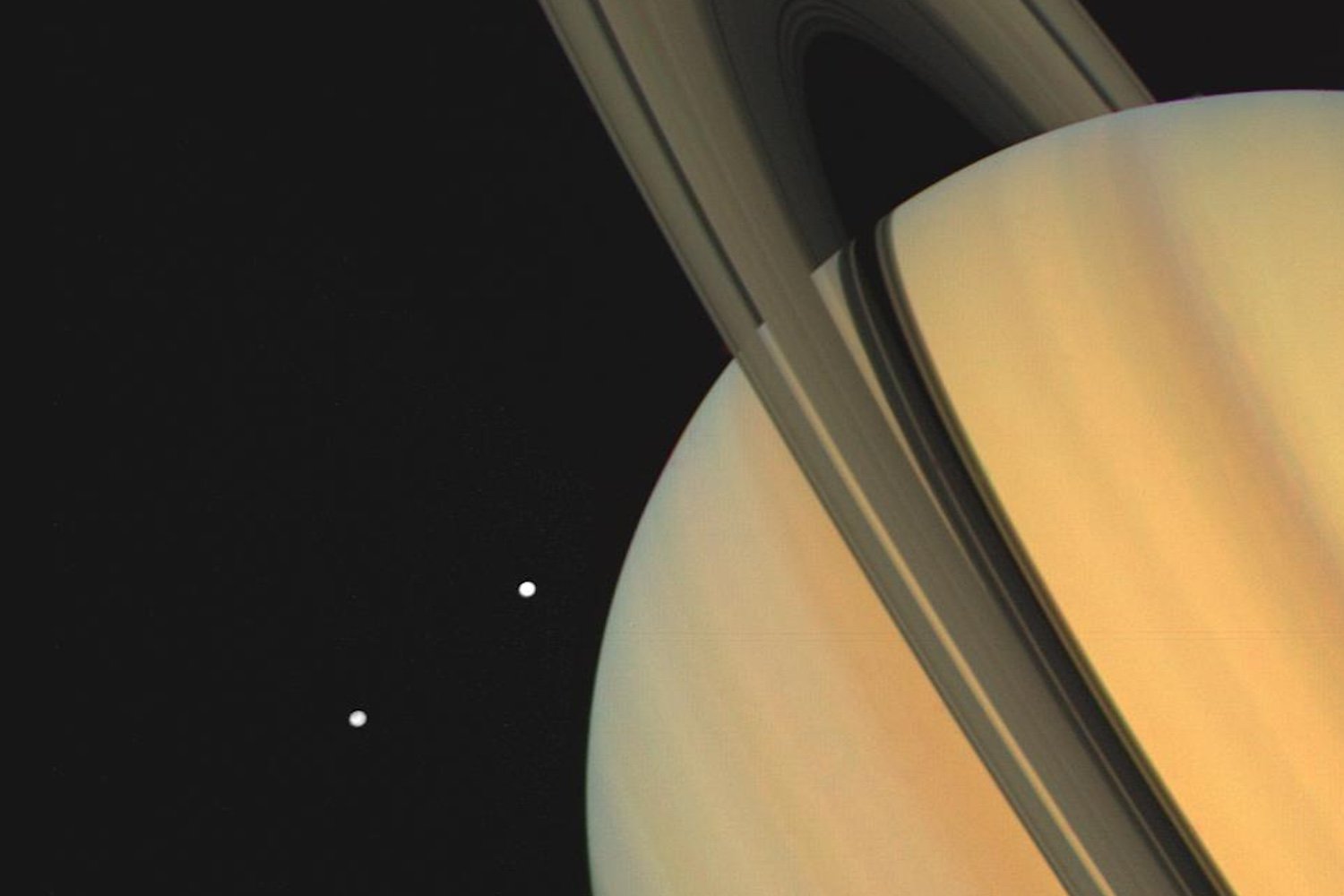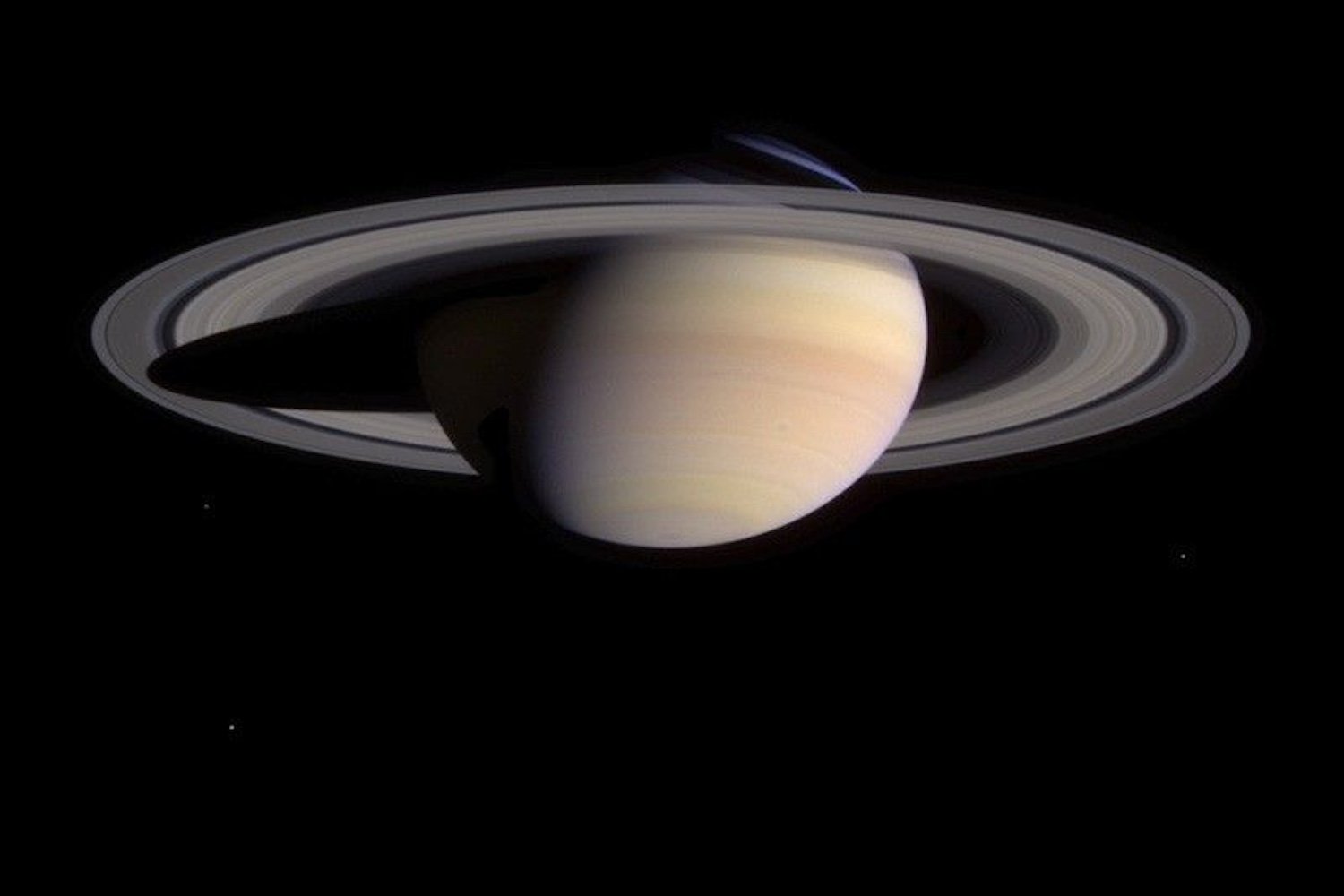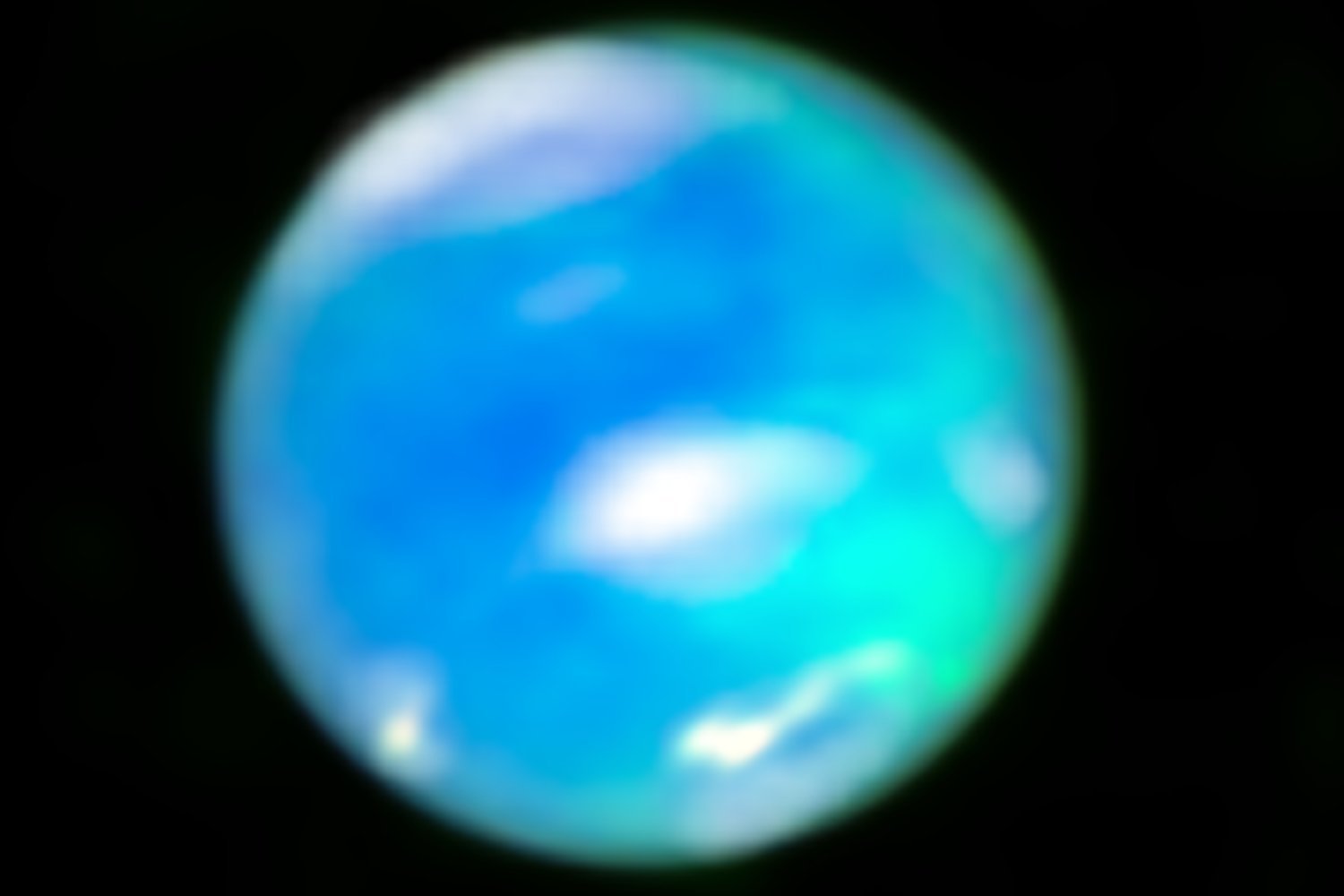The sands of time may reveal more than just deserts on Mars. New research suggests the Red Planet once boasted beaches rivaling those of California, offering a glimpse into a potentially habitable past. An international team of scientists has uncovered evidence of these ancient shorelines, adding to the growing body of work that points towards Mars once having vast bodies of water.
This groundbreaking discovery, published in PNAS, focuses on geological data collected by the Chinese Zhurong rover in 2021 within Utopia Planitia, a vast Martian plain. Utilizing ground-penetrating radar, the rover peered beneath the surface, revealing rock layers remarkably similar to “foreshore deposits” found on Earth. These sloping formations are characteristically shaped by the rhythmic push and pull of waves and currents depositing sediments along coastlines.
The researchers meticulously compared the Martian radar data with images of coastal deposits on Earth, finding striking similarities even in the angles of the underground slopes. This alignment strongly suggests the presence of ancient waves lapping against Martian shores, indicative of a dynamic air-water interface. This discovery has significant implications for the search for extraterrestrial life, as the interaction between oceans and land on early Earth is believed to have been crucial for the development of life.
The study further suggests that these Martian formations, along with the thickness of their sediments, point towards the existence of a long-lost ocean. Furthermore, the evolving nature of the shoreline indicates a dynamic environment where rivers flowed, sediment shifted, and landmasses were built and eroded over time, perhaps for tens of millions of years. This active geological history paints a picture of a Mars far different from the static image we often hold.
This research not only strengthens the case for a Martian ocean but also highlights the importance of these ancient shorelines as prime locations for seeking evidence of past life. Future missions could focus on these areas to answer the fundamental question: did microbial life once thrive on these Martian beaches, or were they merely barren stretches of sand washed by waves in a lifeless world?
While the possibility of past life remains a tantalizing mystery, these findings undoubtedly offer valuable clues about Mars’s dynamic history and its potential for habitability. These ancient beaches may hold the key to understanding the Red Planet’s past and its place in the search for life beyond Earth.



